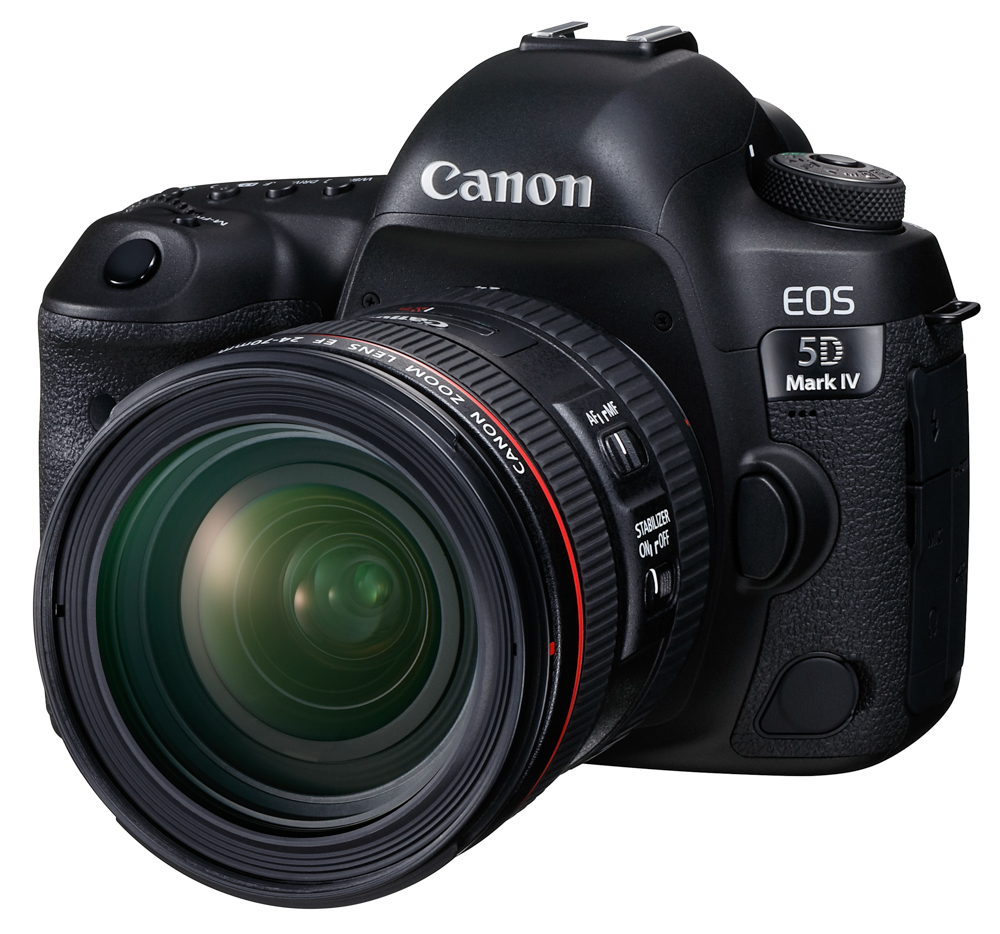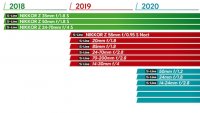1) Curious: when is the last time Canon blew you away? This is not what they do. Canon predictably puts one foot in front of the other and delivers -- with quality, with forethought, and with usefulness. I liken them to a rather mundane automobile that never turns heads but also never ever lets you down.
2) When FF mirrorless comes, know it was probably 3-5 years in development. There is zero chance Canon is rushing it. This is just when the release schedules lined up, and we shouldn't be surprised: Photokina is a big deal sort of event to announce things. If anything, Nikon deliberately wanted to be first of the two major SLR companies to grab all the spotlight and media attention. That said, FF mirrorless might be a later event if 9/5 has a reveal, it could be M5 Mk II or some other crop offering.
- A
Last camera that blew me away: the 5D Mark II, which got me into DSLR photography in the first place. It was the perfect photo and video hybrid solution. Of course, many others recognized this as well, which is why the camera quickly made its way into major Hollywood and television productions. To me, this was the last product they created where they were actually willing to throw everything they've got into a single product. These days, I am finding more and more that camera features are spread out across many cameras, and it is difficult to find a Canon DSLR that offers perfect video/photo. I guess now it is the 1DX Mark II, but why they do not offer C-log on it truly baffles me. I suppose after all the rumors previously reported about Canon doing "more than just a C-Log update" with 5D Mark IV, offering fixes to the crop on video, I had hopes that Canon had finally come to their senses, demonstrated a willingness to listen to feedback, and really shake things up. Since that time and those rumors turned out to be incorrect, I've grown more and more weary and cynical about new Canon releases.
I really hope they prove me wrong this time around and give us the mirrorless 5D Mark II equivelent we've all been waiting for.
One other thing - Canon, as well as Nikon and Sony, need to stop thinking of each other as competitors. Their biggest competitor in fact is Apple, followed by Samsung. It are these cell phones that the vast majority of people are using for "acceptable" photography. If they want to bring fresh blood into mirrorless photography, then it is necessary to really change up the game and introduce something that is a game changer. But at the same time I'm not sure if it will make a difference either - Sony and Nikon seem to be throwing everything they've got, yet when I go on vacation or to any destination I still see the cell phone used as the camera of choice - I rarely saw mirrorless in my recent trip to NYC, which surprised me.
So maybe it is a bigger challenge that we thought. Not sure what to think. But I know that if anyone can truly shock the industry with something incredible, it is Canon, and they last did so with the 5D Mark II.



